How to Select a Tiny House Trailer

One of the first big purchase decisions you’ll make when starting to build a tiny house on wheels (THOW) is the trailer. In fact the trailer is likely to be the single most expensive purchase in any tiny house project.
In the past, most folks just went down to their local trailer retailer and bought a flatbed car/equipment hauler without the ducktail ramp (sloped back of trailer common on car/equipment haulers).
But today there are several tiny house and trailer companies making purpose-built tiny house trailers. So at this point in time it’s probably best to either buy a trailer from a company building tiny house trailers or to have a custom built tiny house trailer created by a trailer builder near you.
So the question remains… what specifications should you look for when selecting a prebuilt trailer or ordering a custom trailer?
Basic Requirements
There are a few things all tiny house trailers need:
- A flat deck from front to back makes building a wood framed building much easier.
- A steel flange that extends the width of the deck gives you maximum width and an extra place to bolt the house to the trailer.
- Stout steel framing since the trailer will be hauling a lot of weight all the time.
- No wood decking, since this adds weight and no value.
- Electric breaks to aid in slowing the heavy trailer.
- High load radial tires sized properly to carry the weight of the house.
- Prewired for running lights strategically placed out of the way of the future house.
- Safety chains, break-away cable, and 7-pin connector to ease the connection to the tow vehicle.
- A heavy duty tongue jack sized properly to the weight of the house.
- A heavy duty coupler sized properly for the anticipated total gross vehicle weight of the trailer.
Calculating Weight Capacity Needs
Once all the essential requirements are fulfilled, the main issue becomes dealing with the weight of the typical wood framed tiny house. Tiny houses are much heavier than comparably sized RV trailers. This is simply due to the materials used.
Steel framed tiny homes are often quite a bit lighter, but less common. Most SIP (structural insulated panel) tiny homes will also be a bit lighter because they lack the wood framing, instead using engineered panels of plywood and foam instead. But most tiny homes are built just like a wood-framed home.
To calculate the carrying capacity of the trailer you need to factor in these two things:
- The weight of the house – to estimate the typical dry weight of a tiny house you can use the following rough formula; multiply 450-pounds by the length.
- The carrying capacity of the axles, springs, tongue, jack – Trailer axles typically come in weight ratings like 5,200# and 7,000#. So two 5,200# axles can carry 10,400# of trailer+house+contents (gross vehicle weight).
So, you should be able to deduce the following:
- 12-foot tiny house = 5,400# (minimum of 1 7,000# axle or better 2 5,200# axles)
- 16-foot tiny house = 7,200# (2 5,200# axles)
- 20-foot tiny house = 9,000# (minimum of 2 5,200# axles or better 2 7,000# axles)
- 24-foot tiny house = 10,800# (2 7,000# axles or 3 5,200 axles)
- 28-foot tiny house = 12,600# (minimum of 2 7,000# axles or better 3 5,200 or 7,000 axles)
Rounding up is always a good idea to allow for any additional weight possessions may add over time.
Another consideration is to choose to use drop axles, which lower the deck height of the trailer a 2 to 3 inches. Every inch matters when building a tiny house since the overall height should not exceed 13′ 6″ (to avoid special towing permits).
Real World Example
Below Dan Louche explains why he designed his trailers the way he did. To see how all this works out in the real world, review the specifications from one of the leading sources for tiny house trailers, Tiny Home Builders.
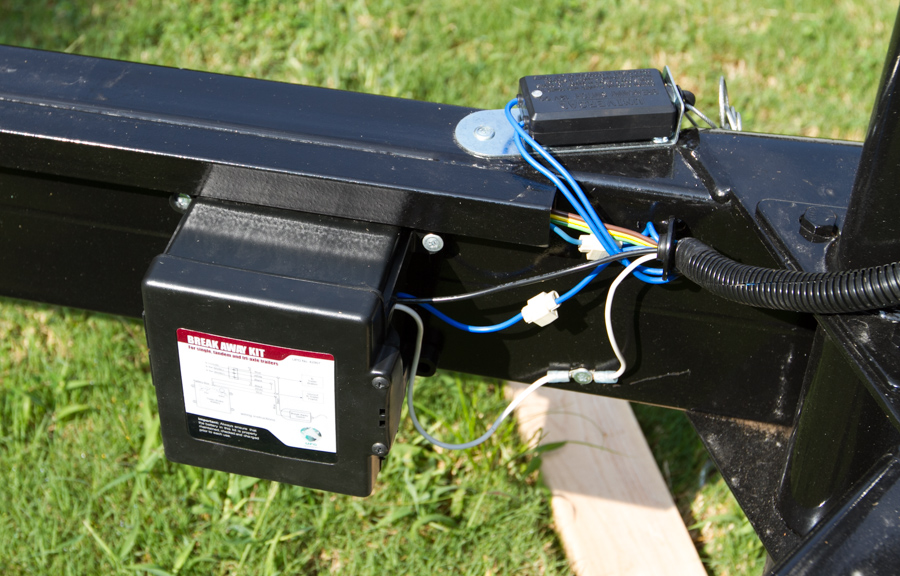
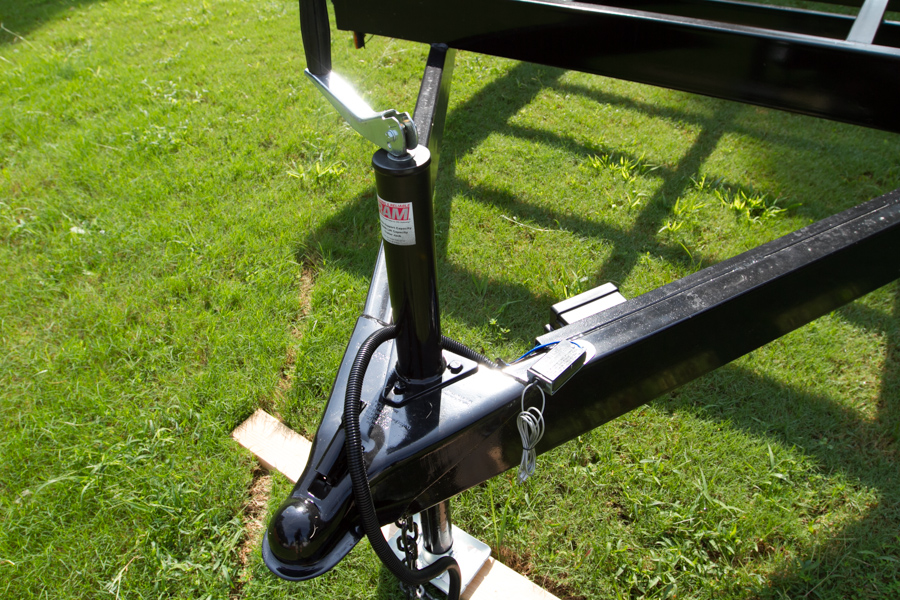
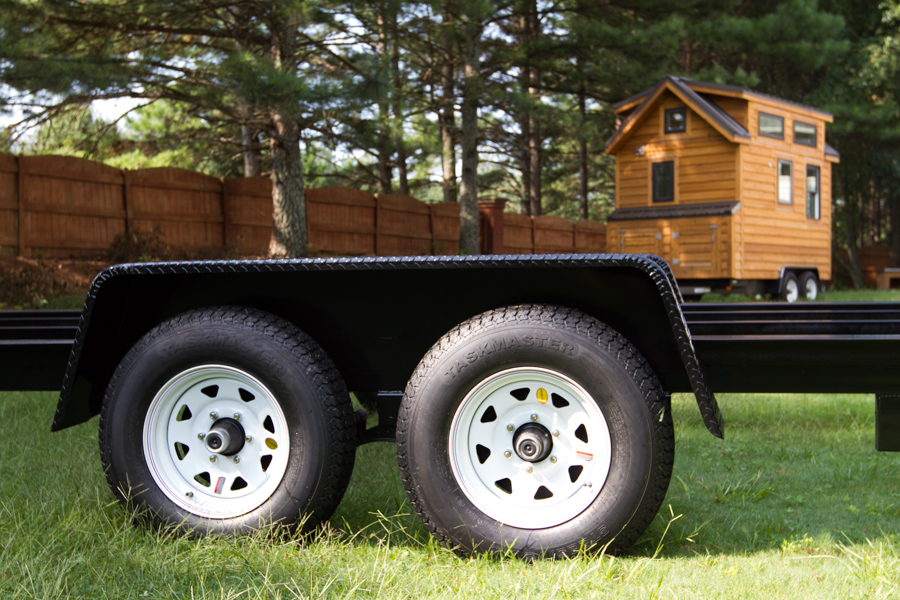
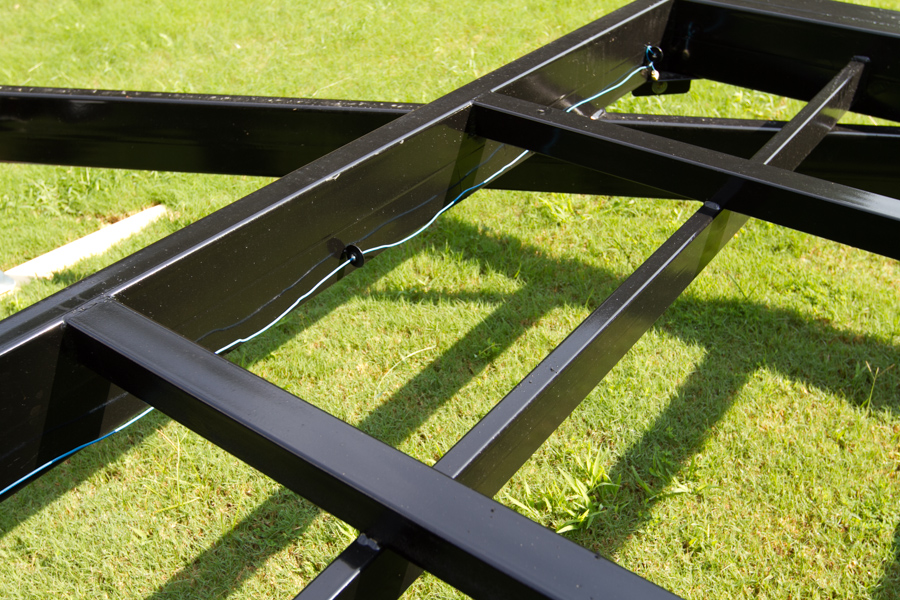
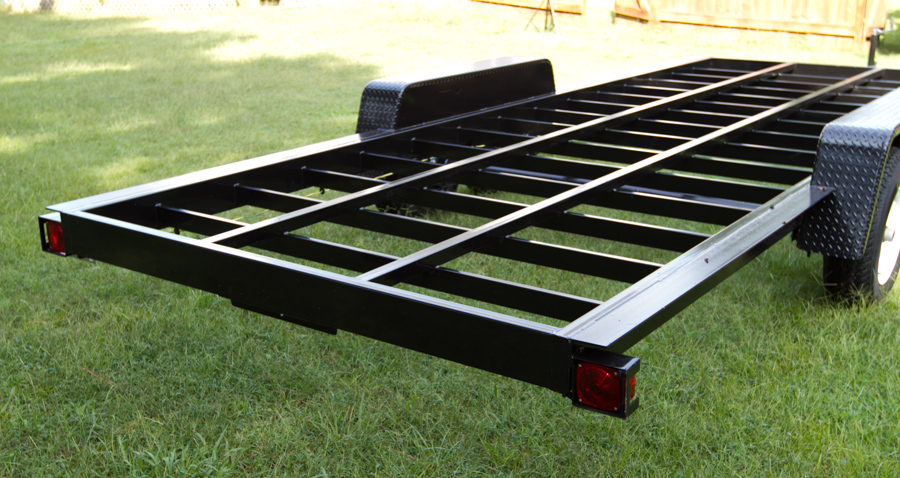
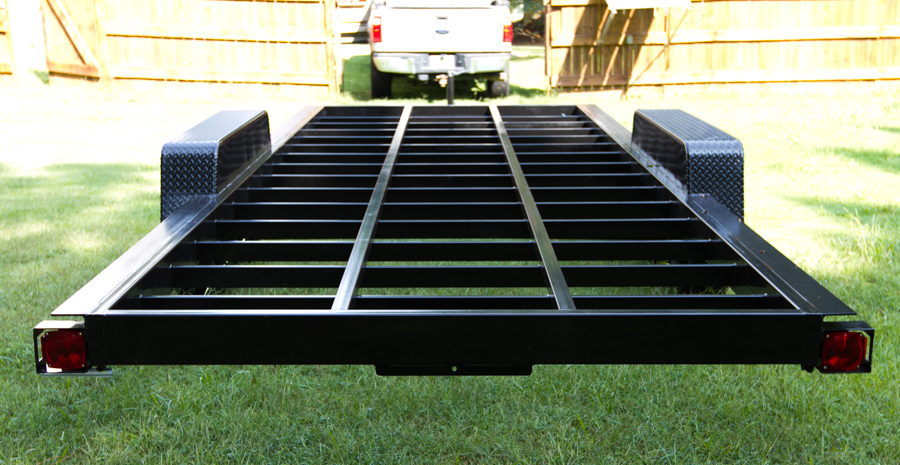
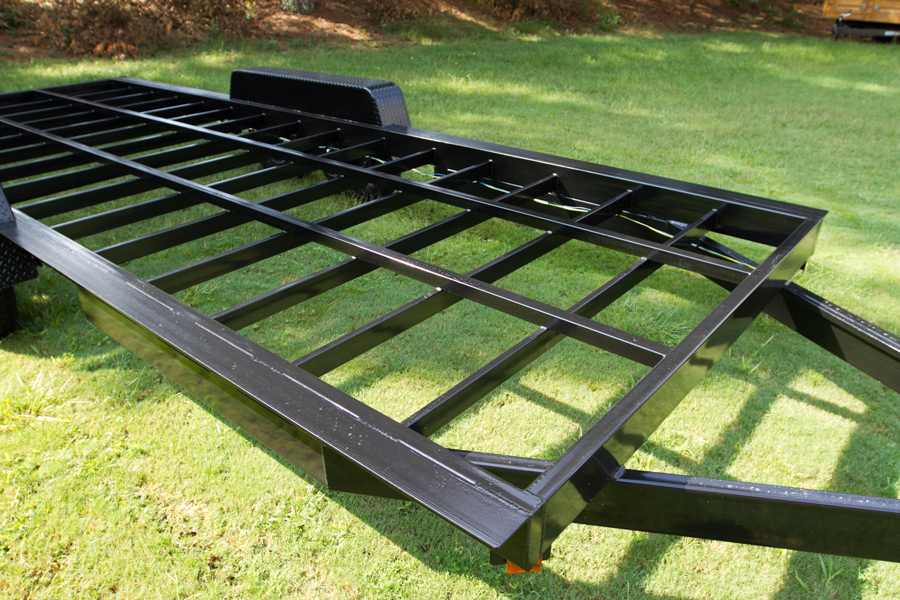

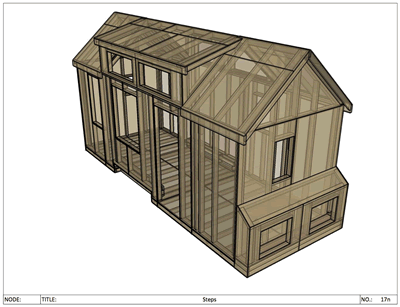
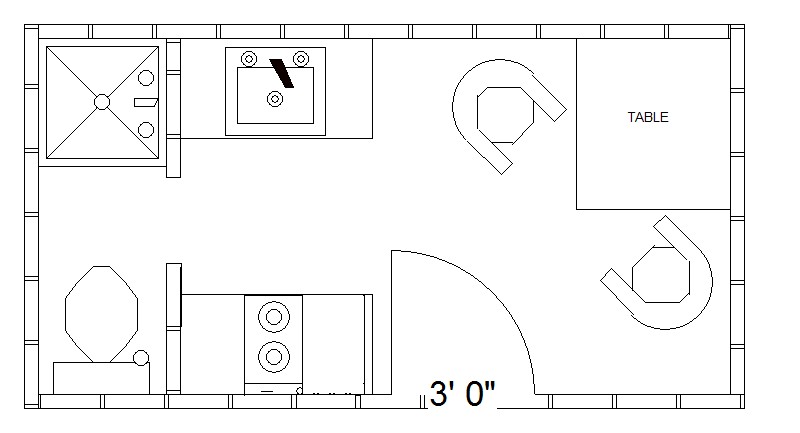
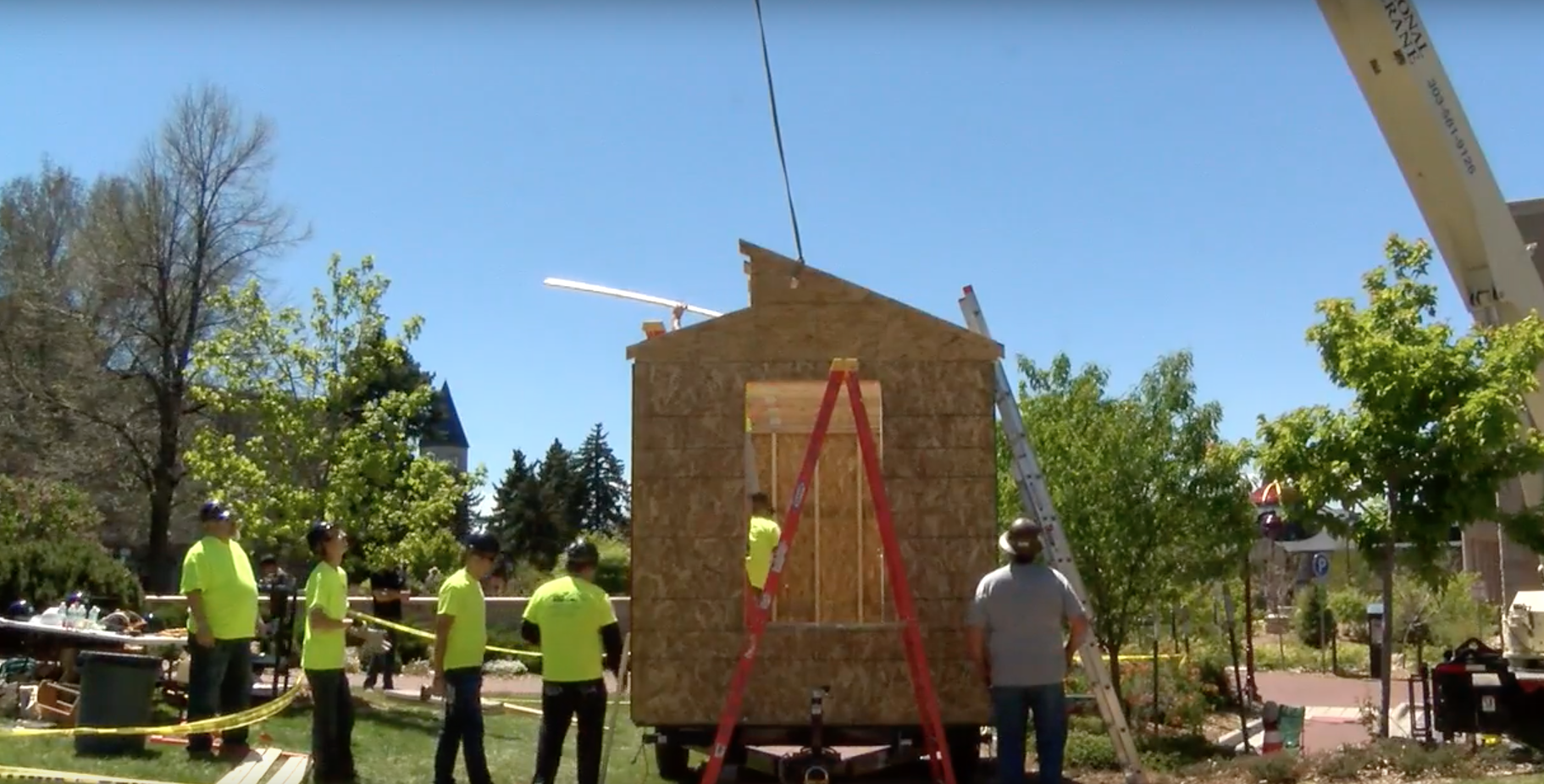
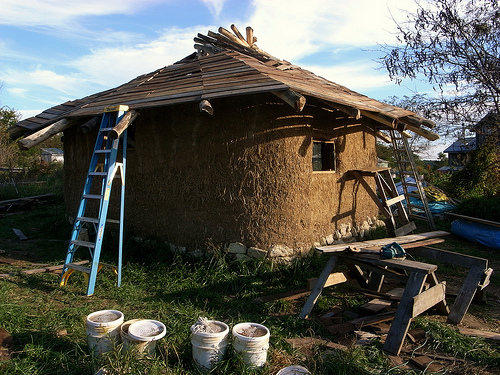
Really interested in learning more about pro’s and con’s of gooseneck trailers. Understand they add stability and require a certain truck, but beyond these things, what are the considerations?
I am thing of the same thing. More bang for the buck. add another axle and up your weight limit also.
Hello
What type of wheel is used in a 20-foot trailer? Shift-bearing-shock-absorbing axles, and what can be done?
The specifics of each trailer – like wheel/tire size and suspension – is specific to each trailer and manufacturer. Check with trailer manufacturers for those details.